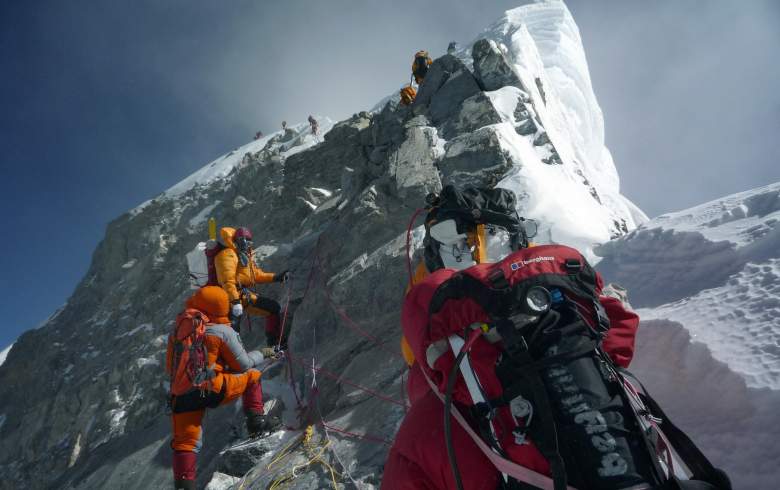
Mountaineers walk past the Hillary Step on Mt. Everest. (Getty)
34-year-old Maria Strydom has died of altitude sickness while attempting to summit Mount Everest, according to CNN. The young Australian woman was joined on the journey by her husband, Robert Gropel, who recently opened up in an interview about his wife and about the events that lead up to her tragic death.
Strydom is one of four climbers who have perished on Everest over the course of just a few weeks. She was a finance lecturer at Monash University with a PhD in philosophy. Strydom’s mother told CNN that she learned of the news via an Internet article, and she expressed grief over the loss of such an intelligent and kind young woman.
“It’s the toughest thing that ever happened to me,” she said. “Such a lovely girl, so talented so giving, and a life wasted.”
Here are five fast facts you need to know about Maria Strydom and her death on Mount Everest.
1. She Died of Altitude Sickness in Everest’s ‘Death Zone’
Strydom died of altitude sickness after being in Everest’s “death zone” for more than 30 hours. This is the area of the mountain above 26,000 feet where there is not enough oxygen present to sustain human life. The atmospheric pressure at this altitude creates a situation where there is only about a third as much oxygen available as there is at sea level. The extreme temperatures also make frostbite a serious threat.
Because of these conditions, it is not possible to survive more than 48 hours in the death zone. Another challenge of this area is that with such little oxygen, the human mind actually begins to experience strange hallucinogenic effects and one’s judgment becomes clouded. According to Gizmodo, “Any stay in the Death Zone without supplementary oxygen is like being slowly choked, all the while having to perform one of the hardest physical feats imaginable.”
Robert Gropel said that his wife began experiencing these hallucinogenic effects prior to her death.
“I could see that her condition had deteriorated,” he explained. “She was going through periods of being lucid and periods of hallucinating.”
Strydom’s official cause of death is high altitude pulmonary oedema, also known as “altitude sickness.” Gropel said everything happened rather quickly, and he still has trouble wrapping his mind around it.
“She was feeling strong, she was walking, I mean she was short-roped because she was still quite weak, but she was walking fine, very slowly but fine,” he said. “She was talking, I had her back and I don’t know what happened.”
2. Her Husband Left Her Alone so He Could Complete the Expedition
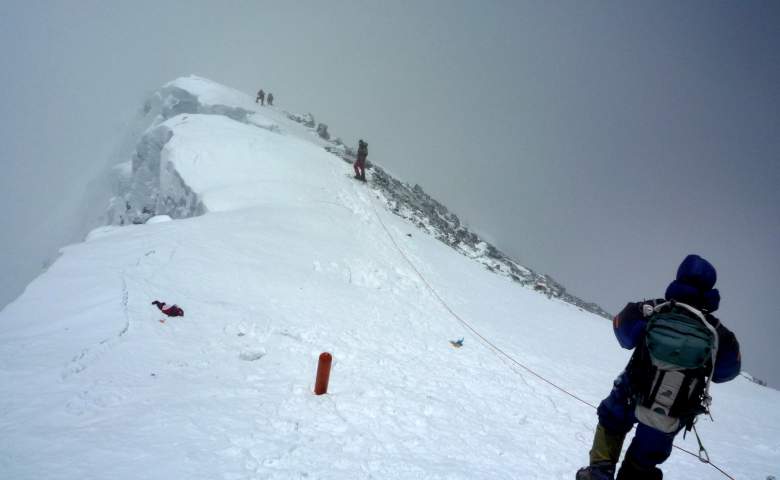
Mountaineers descend from the summit of Mount Everest. (Getty)
Strydom’s husband recently described the heartbreaking events that led up to his wife’s death. Robert Gropel said that Strydom decided to turn back and not continue onto Everest’s summit because she felt unwell. The top of the mountain was only about 15 minutes away, and so Gropel asked his wife if she wouldn’t mind waiting for him while he completed the journey.
Gropel reached the summit by himself, although he says it didn’t feel special because his wife wasn’t there with him. She was still waiting when he arrived back, but on their way down the mountain, Strydom collapsed and died in her husband’s arms.
“I’m her husband, it’s my job to protect my wife and get her home and it’s just natural for me to blame myself,” Gropel said. “I still can’t look at any pictures of her because it breaks my heart.”
3. She Wanted to Prove That Vegans Can Do Anything
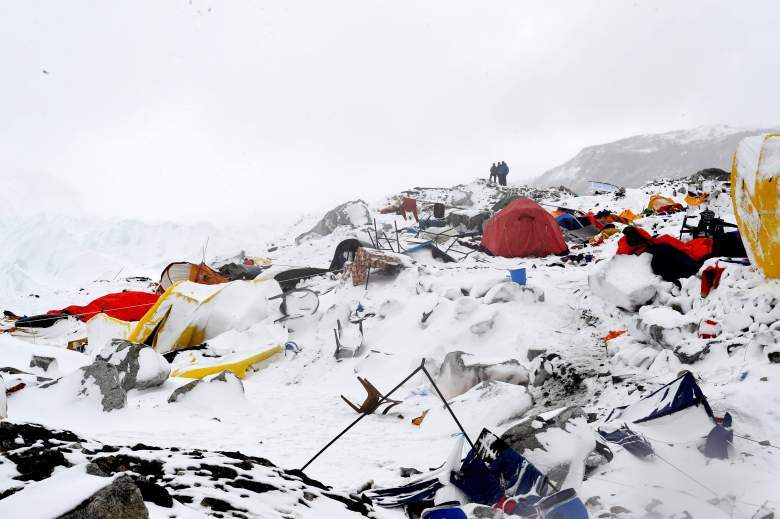
The aftermath of a devastating avalanche on Mt. Everest is captured. (Getty)
Strydom and her husband were both strict vegans, and one reason they wanted to climb Everest was to prove that vegans are not inherently weak individuals. She said in an interview conducted weeks before her death that she and Robert are often questioned about iron and protein deficiencies, with many pointing to this as a reason they could never participate in such an exhausting physical feat.
“It seems that people have this warped idea of vegans being malnourished and weak,” she said. “By climbing the seven summits we want to prove that vegans can do anything and more.”
In an interview with BBC News, dietician Dr. Frankie Phillips said that vegans looking to participate in strenuous physical activities should consult their doctor and make certain they are prepared to eat quite a bit.
“Another issue is the sheer quantity you would need to eat,” she said. “Lots of animal-based foods are more densely-packed with energy, protein, vitamins and minerals…Because there’s so much fibre in a vegan diet, you could be spending much more time eating.”
4. She Was an Experienced Mountaineer
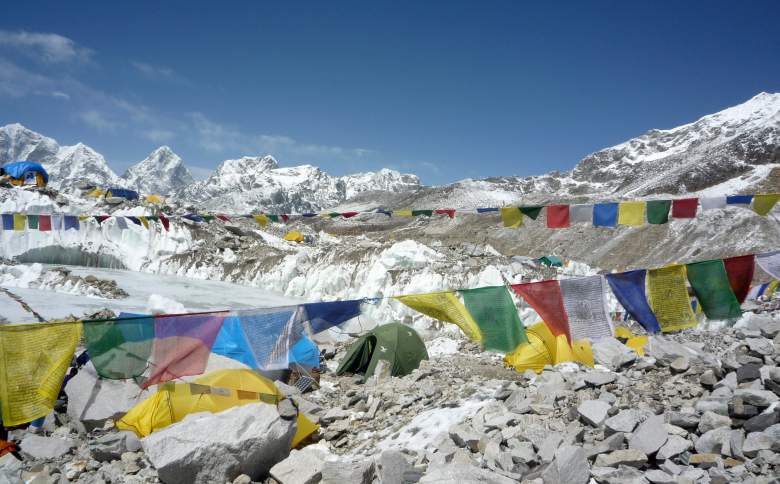
A view of Everest’s base camp, as seen in May of 2009. (Getty)
For Strydom and her husband, climbing Everest wasn’t some poorly-thought-out decision that they embarked upon without understanding the risks. Rather, both of them were very experienced climbers.
In fact, prior to Everest, Strydom and Gropel had previously climbed Mount Ararat in Turkey, Mount Kilamanjaro in Africa, Denali in Alaska, and Aconcagua in Argentina. In her interview with Monash Business School, it was clear that Strydom reccognized the inherent danger in attempting to summit Everest.
“A very experienced guide in Alaska once told us that of all the things you can regret once you are on the mountain, you will never regret over-training,” she said. “It is also important to get experience spending long periods on a mountain.”
Strydom and Gropel planned to climb the seven summits together; Everest would have been their third.
5. Her Body Has Been Recovered
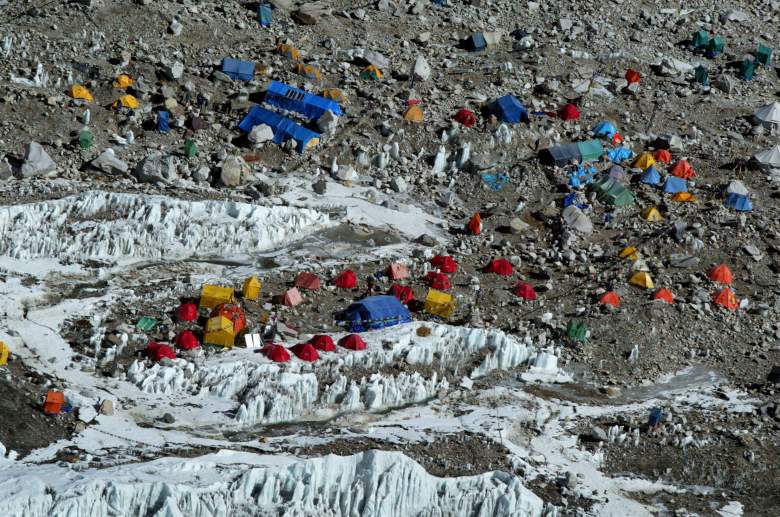
An aerial view of Everest’s base camp, as soon in May of 2003.
When Strydom’s mother spoke with CNN last week, it was unclear whether her daughter’s body would be recovered at all. Most bodies are left on Everest due to the danger associated with bringing them down, and so over 200 corpses are scattered around the death zone at this very moment.
Maritha Strydom told CNN, “We are totally devastated. Everything we did was to get her body back, because they just abandon bodies on the mountain if they’re dead. If you’re alive, they try to rescue you, like they did with Rob. If you didn’t survive they leave you on the mountain. So our whole fight was just to get her off that mountain and back home.”
Since then, however, Strydom’s body has been recovered from the mountain; Sherpa climbers were able to bring her down to Camp Two, and a rescue helicopter then took her off the mountain from there.
